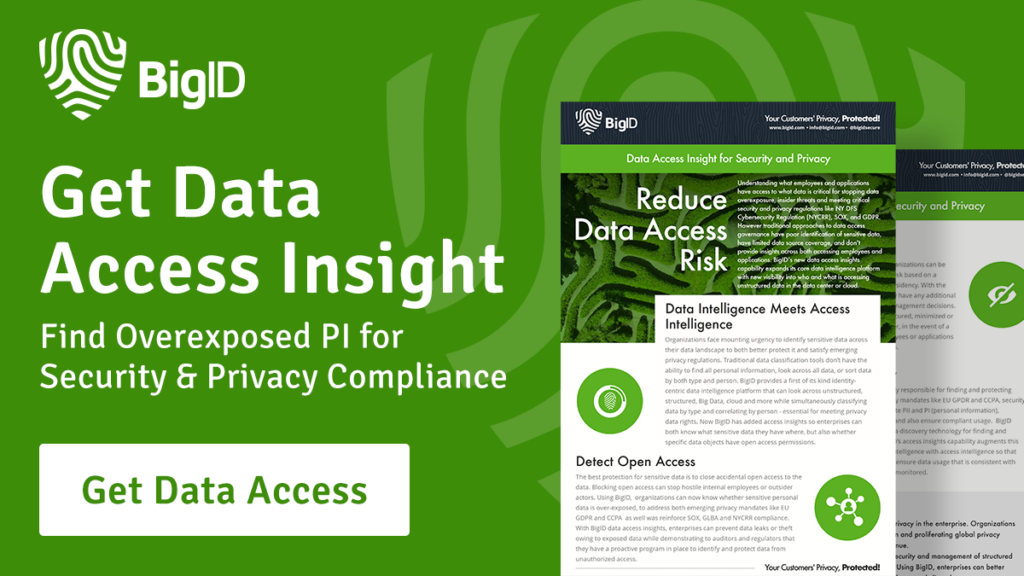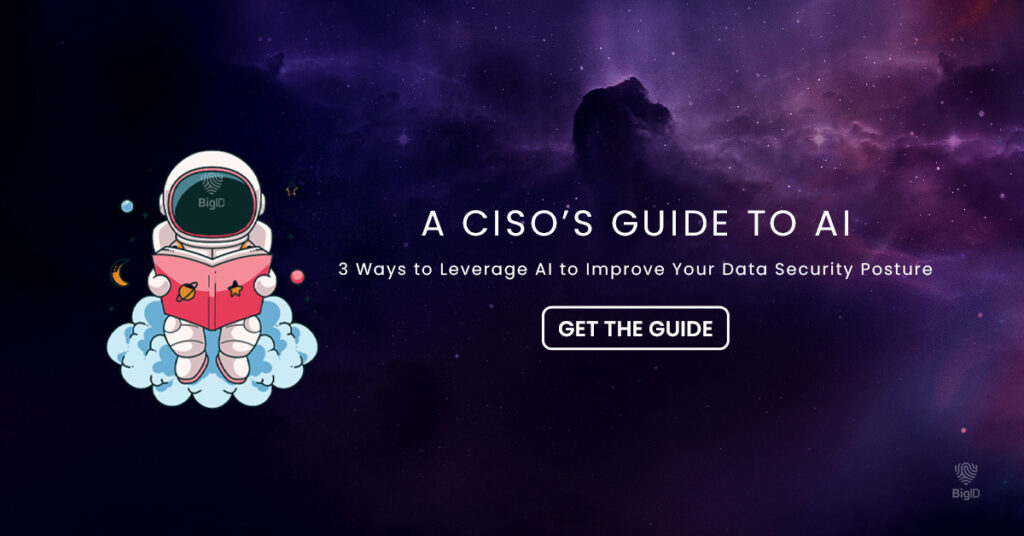According to a 2021 report by MarketsandMarkets, the 8 billion dollar global access management market is expected to double by 2025. The exponential rise in cyberattacks and the increasing trend of Bring Your Own Device (BYOD) and Internet of Things (IoT) are driving the growth of the access management market.
What is Access Management?
Access management in cybersecurity refers to the set of processes and technologies used to control and monitor access to digital resources, such as computer systems, networks, applications, and data.
The goal of access management is to ensure that only authorized users are able to access sensitive information and systems, while preventing unauthorized access and potential security breaches.
Access management includes a range of techniques, such as user authentication (e.g. password or biometric verification), authorization (i.e. granting users specific privileges and permissions), and monitoring and logging of access activities.
Access management is a critical component of cybersecurity, as it helps organizations protect their digital assets from cyberattacks and data breaches by limiting access to only those who need it and ensuring that all access is properly tracked and monitored.
What Are the Types of Access Management?
Privileged Access Management (PAM)
PAM focuses on managing and securing privileged accounts, which have elevated permissions. By controlling and monitoring access to these accounts, organizations can mitigate the risk of unauthorized access and potential data breaches.
Identity and Access Management (IAM)
IAM is a comprehensive framework that addresses the entire lifecycle of user identities. It involves creating, managing, and revoking user access rights, ensuring that only authenticated and authorized users can utilize organizational resources.
Role-Based Access Control (RBAC)
RBAC simplifies access management by assigning specific roles to users based on their responsibilities within an organization. This approach streamlines the process of granting and revoking access, reducing the risk of human error and unauthorized access.
Two-Factor Authentication (2FA)
2FA adds an extra layer of security by requiring users to provide two different authentication factors before gaining access. Typically, this involves something the user knows (like a password) and something the user possesses (like a mobile device).
Multifactor Authentication (MFA)
MFA expands on 2FA by incorporating additional authentication factors beyond just two. This could include biometric data (fingerprint or facial recognition) or something the user has (smart card or security token). MFA enhances security by making unauthorized access even more challenging.
Biometric Authentication
Biometric authentication uses unique physical or behavioral characteristics, such as fingerprints, retina scans, or voice recognition, to verify a user’s identity. This method offers a high level of security as these attributes are difficult to replicate, enhancing access control measures.

Key Attributes to Look for in a Data Access Management Solution
Selecting the right Data Access Management (DAM) solution is a critical decision for organizations aiming to fortify their data security. The effectiveness of a DAM solution hinges on various attributes that cater to the unique needs and challenges of the organization. Firstly, scalability is paramount. An ideal DAM solution should seamlessly adapt to the evolving demands of a growing business, ensuring that it remains effective as data volumes expand. Moreover, granular control is crucial, allowing administrators to define and manage access permissions at a detailed level.
The solution should offer robust auditing and monitoring capabilities, enabling organizations to track user activities and swiftly detect any anomalous behavior. Integration capabilities with existing systems and applications ensure a smooth implementation process. Additionally, user-friendly interfaces and ease of management contribute to the overall efficiency of the solution, empowering organizations to maintain a robust defense against unauthorized access while fostering a streamlined user experience.
Common Access Management Challenges
Cybersecurity professionals face several common challenges in access management, including:
- Balancing security with usability: Security measures such as multi-factor authentication and frequent password changes can be effective, but they can also be perceived as cumbersome and inconvenient by users. Cybersecurity professionals need to find a balance between security and usability to ensure that users are able to access the resources they need while also maintaining a high level of security.
- Managing access for third-party vendors: Organizations often rely on third-party vendors for various services, such as cloud storage or software development. Managing access for these vendors can be challenging, as they require access to specific resources but should not be given access to more than what is necessary.
- Managing access across multiple systems: Large organizations often have multiple systems and applications that require different access control mechanisms. Managing access across all of these systems can be a complex and time-consuming task.
- Detecting and responding to access-related threats: Cybersecurity professionals need to monitor access activities to detect and respond to suspicious or unauthorized access attempts. This requires advanced threat detection and response capabilities, as well as access to relevant logs and data.
- Maintaining compliance with regulations and standards: Many organizations are subject to various regulations and standards that dictate how access should be managed. Cybersecurity professionals need to ensure that their access management practices are compliant with these requirements, which can be challenging given the constantly evolving regulatory landscape.
3 Steps to Implement Successful Access Management
- Conduct Comprehensive Audit: The initial step towards implementing successful access management involves conducting a thorough audit of existing user access. This entails identifying and categorizing roles and privileges within the organization. By gaining a clear understanding of the current access landscape, organizations can lay a solid foundation for subsequent security measures
- Craft Well-Defined Access Management Policy: Building upon the audit findings, the second step revolves around creating a robust access management policy. This policy should clearly outline who has access to specific resources, the circumstances under which access is granted, and the duration of such access. A well-defined policy serves as a roadmap for maintaining a structured and secure digital environment.
- Deploy Robust Access Management Tools and Technologies: Identity and access management solutions such as Privileged Access Management (PAM), Identity and Access Management (IAM), and Multi-Factor Authentication (MFA) play a pivotal role in enforcing the access policies established earlier.
How Will AI Impact Access Management?
As we stand at the cusp of the technological revolution, artificial intelligence (AI) is poised to revolutionize access management in unprecedented ways. AI’s impact on access management is akin to unlocking a new realm of possibilities, reshaping how organizations secure their digital assets. One of the most significant contributions of AI lies in its ability to analyze vast amounts of data in real-time, enabling adaptive and intelligent access controls. Machine learning algorithms can discern patterns, detect anomalies, and predict potential security threats, fortifying the defense against unauthorized access.
AI facilitates the automation of routine access management tasks, streamlining processes and allowing security professionals to focus on more complex and strategic aspects of cybersecurity. As organizations embrace AI-driven access management solutions, they embark on a journey towards a more agile, responsive, and resilient security infrastructure in the face of an ever-evolving digital landscape. The integration of AI into identity and access management solutions not only enhances security but also gives a glimpse into the future of dynamic and intelligent cybersecurity measures.

Close Access Management Gaps with BigID
The future of access management looks promising, with strong growth projected for the market and increasing adoption of access management solutions by organizations. As cyberattacks become more sophisticated and the number of connected devices continues to rise, effective access management will be increasingly important for ensuring the security and privacy of digital assets.
BigID is the leading data intelligence platform for privacy, security, and governance— offering comprehensive master data management throughout the entire lifecycle. Using advanced AI automation and next-gen ML, BigID provides deep data discovery to uncover all of your most sensitive data, regardless of how or where it is stored.
Quickly find over-privileged or over-exposed data across your environment, manage access, and mitigate unauthorized use to reduce the risk of data leaks or breaches. Achieve zero trust and automatically carry out remediation to revoke file access violations from users or groups with BigID’s Action Center or delegate to the right person on your team.
To see how BigID can supplement your access management initiatives and strengthen your data security posture, get a 1:1 demo today.



